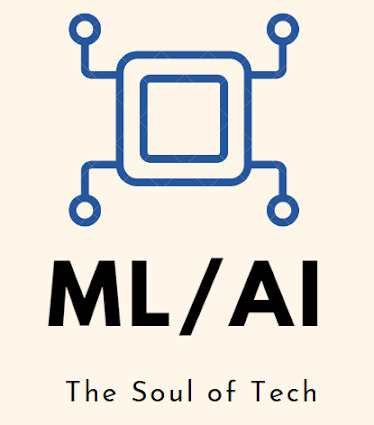How AI Can Help Your Investing

AI allows investors to process real-time datasets from various sources such as stock prices, financial reports, social media sentiment, portfolio management resources, etc. Further, AI can make predictions on market movements, optimize investment portfolios, manage trading strategy in terms of ROI-risk balance, and automatically build a risk-aware customized portfolio. AI plays a key role in financial risk analysis - a process of assessing and evaluating potential risks and their impact on an organization, project, or decision-making. AI-Powered Stock Technical Indicators: Thanks to high-level automation and integration of multiple tasks, AI can simultaneously analyze hundreds of technical indicators, run simulations and forecasts, perform real-time technical analysis, and generate trading signals and alerts at a speed and frequency that is impossible for a human trader. AI Breakout Trading Strategies implemented as a stock scanner in Python. AI can download h...

